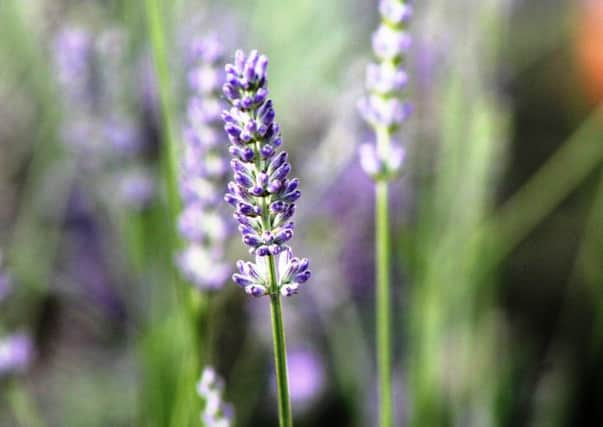How to get clones of favourite lavenders


It’s not a particularly difficult job, but always take more cuttings than you need because you’ll rarely achieve a 100 per cent success rate. If by some miracle every cutting strikes, you can pass them on to friends and neighbours to prove just how good a gardener you are.
Soft tip cuttings are just that – the end couple of inches of the soft stems. Take off the lower leaves and then dip the cuttings into a hormone rooting powder, which will encourage the faster development of roots.
Advertisement
Hide AdAdvertisement
Hide AdThen pop the cuttings into pots of decent compost, water them and put them somewhere sheltered and shaded – not too hot, no direct sun, not too cold and out of the worst weather.
With luck, the cuttings should strike within a matter of weeks and you’ll have a wealth of perfectly-formed mini clones of your adult lavenders. Grow them on in pots until they are ready to go outdoors permanently.
Lavender plants cost; quality lavender plants tend to cost a bit more. That’s why it pays to take cuttings and propagate your own plants.
But there’s no point doing all the hard work unless you give these youngsters the best start to their new lives.Lavandula is a native of the hot, dry Mediterranean foothills – it appreciates a limey soil but it will grow almost anywhere in full sun. It needs the heat to perform well.
Advertisement
Hide AdAdvertisement
Hide AdThere are numerous varieties of lavender, from the old English favourite, L officinalis, with its bushy stems and grey-green leaves, to L stoechas, the French lavender, with intense purple flowers.
There are even pink-flowering forms such as ‘Loddon Pink’.
Lavender is all things to all people. It has been used as a sedative to ease headaches, to counter insomnia, to aid digestion, to relieve rheumatism, to ease burns and once it was even used to embalm corpses.
And the dried flowers can be placed among clothes to deter moths, pressed into service in pot pourri, soap and perfumes.